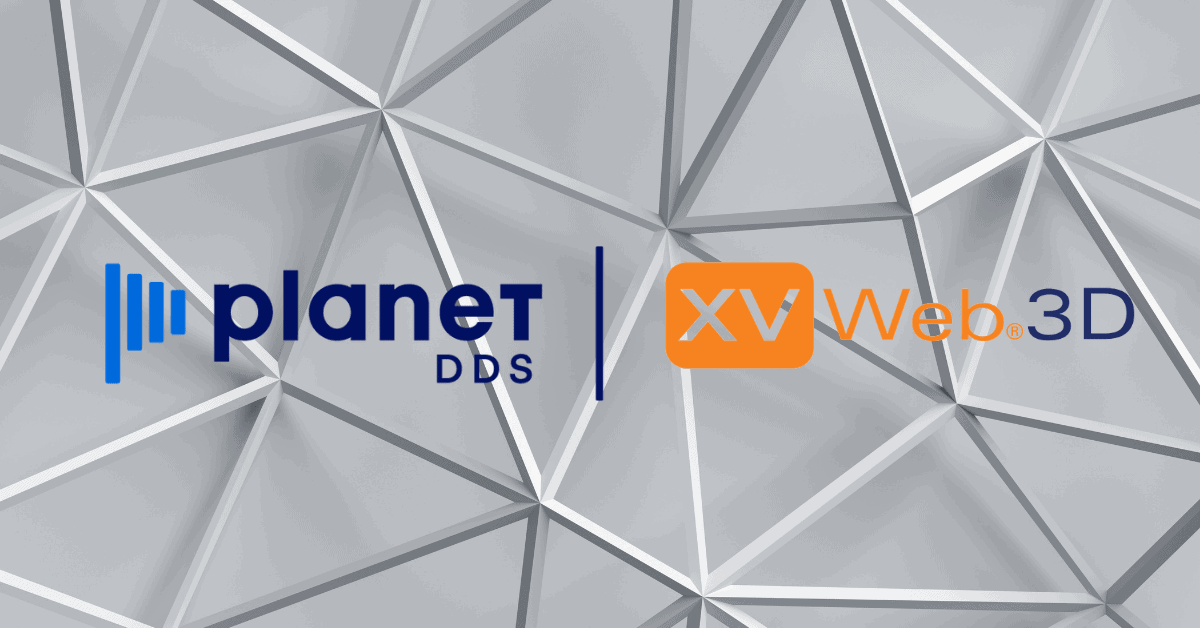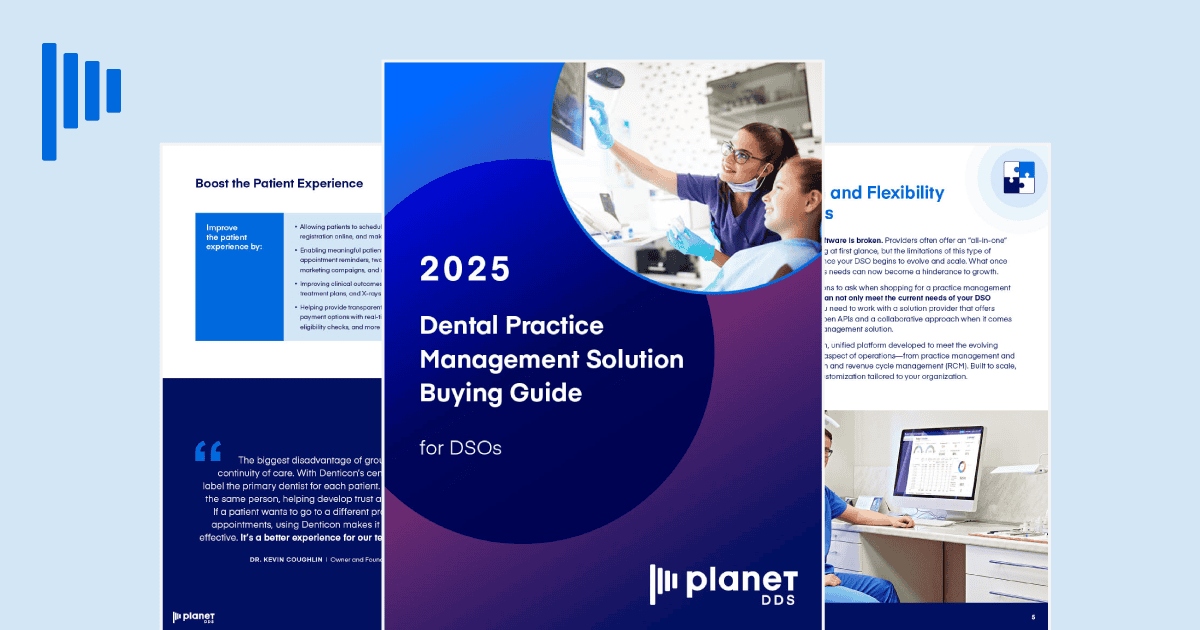A Buyer’s Guide: Choosing the Right Software for 3D Dental Imaging

If your dental practice uses 3D imaging like cone-beam computed tomography (CBCT) scans, your imaging software plays a crucial role in streamlining your imaging workflow. To make sure you find the best fit, here are some factors you should consider and questions you should ask if you’re in the market for new software.
3D Capabilities
With 3D imaging, it’s imperative to use software with a full suite of image enhancement/manipulation, annotation, and implant planning tools. Choosing software with robust features gives you more precision to diagnose and treat your patients.
Questions to ask:
- What types of image optimization and treatment planning tools does the software include? (Examples: image enhancement/manipulation, clinical filters, measurement tools, nerve canal tracing, and implant planning.)
- Does your software have an implant library? Can I see a manufacturer list?
- Can I define effects presets based on different manufacturers and image types?
- What annotation tools are available? Labels, straight-line measurements, angulation measurements, etc. How precise are the measuring tools?
- Are curve slicing, pano reconstruction, and labeling available? Adjusting and angling planes, adjusting brightness, contrast, gamma, etc.
Cloud-Based vs. On-Premise
If you need easy and secure access to your images from home or office, cloud-based imaging software can provide the access you need. There’s no need to download large files each time because the images are accessible in the cloud. Having images at your fingertips anytime, anyplace is convenient, secure, and efficient.
Questions to ask:
- Is the software cloud-based or an on-premise solution?
- Can I access my images from any web-enabled device?
- Can I make and save enhancements and manipulations without downloading the images?
- Do I need to maintain a server, or is that optional?
- Can I view images on my smartphone or tablet?
- Does my subscription price include future software updates?
Advanced Security
As a dental practice, whenever you deal with your patient’s protected health information, you need to ensure that your office and any business associates under HIPAA are continually staying compliant with HIPAA and other applicable privacy laws.
Questions to ask:
- How do you protect my data?
- Is your software HIPAA-compliant?
- Do you provide a secure sharing portal?
- How can I securely share patient data with insurance providers or referring doctors?
Universal Compatibility
Many dental hardware companies will develop their own software to lock you into their device and software solutions. The image formats may also be proprietary. In that case, if you ever need to change systems, those files may need to be converted to a readable format.
This lack of flexibility serves manufacturers well but can be problematic for dental practices. For instance, if your practice wants to convert to a new system or acquire an existing practice that uses technology that isn’t compatible with your imaging software, you may have to go through a complicated and expensive conversion process.
Questions to ask:
- What data format does your software use: proprietary vs. DICOM (Digital Imaging and Communications in Medicine)? With DICOM, you’ll be able to use the standard image format used in medicine instead of a proprietary format that may need to be converted to a readable format when you decide to change systems or if your practice is acquired.
- Is your software open architecture? Open architecture software will be able to support any sensor or device your office uses.
- Can your software integrate with my devices (digital sensors, intraoral/extraoral cameras, and pan/ceph systems) and practice management solution?
Conversion Expertise
Switching imaging software can sound daunting, but if you work with an experienced conversion team, the process is fairly straightforward. Find out how much experience the company has in converting from your current system.
Questions to ask:
- Have you converted from my current imaging software?
- How many conversions have you done?
- How many conversions do you do in a year?
- Can you give me an estimate of how long it will take?
- What does the conversion process look like?
Support and Customer Service
Completing the conversion process is just the first step in a lifelong relationship with the company that you choose. Their support team is just as important to your success as their product features.
Questions to ask:
- Are there support videos I can watch?
- How do I contact the support team?
- Does my subscription include customer support?
XVWeb 3D
With XVWeb 3D, you can access CBCT data 24/7 from any web-enabled device. XVWeb is designed as an open architecture software, making it compatible with most major imaging sensors, devices, and practice management solutions. To make collaboration easier and more secure, XVWeb 3D includes a HIPAA-compliant sharing portal for outside users to access images securely. We use DICOM open image format to make sharing between practices simple and efficient.
As cloud-based software, all future updates, backups, hosting, and customer support are included in your monthly subscription. What makes XVWeb 3D even more unique is it gives you access to a full suite of image enhancement, measurement, and implant planning tools via the web, giving you the flexibility to work from anywhere.
To learn more about XVWeb 3D, please sign for a free demo.



